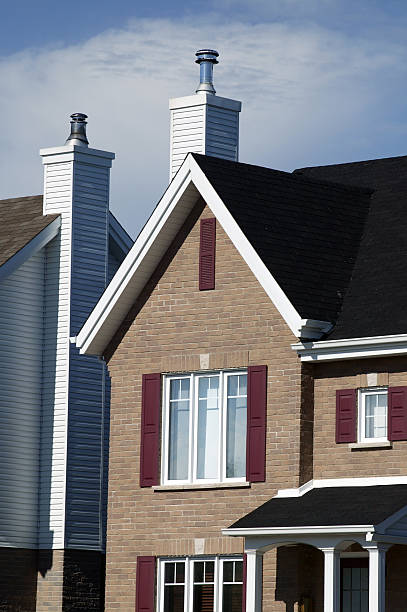When you want to heat your house using fire, you should make sure the gases produced are vented outside your home. The channelling of the gases that come from the burning of fuel appliances can be done by a chimney flue. On the chimney flue is a chimney liner, a material that has combustion products from the fuel you are using until they go up from the chimney.
Good liners are made of tubes that are installed in the chimneys. Fitting a fire or wood burning stove or lining a chimney doesn’t have to be specifically done as a DIY work but it does have to go in line with the building regulations. The work done, in installing a chimney must be done by a specialized person otherwise it must be inspected by a local from Building Control Department. This modification in your house of chimney installation is also classified as building work so it should be done and followed as so. Safety measure is a must, and as you build the chimney, there is an importance to make a temporary building around the chimney to safeguard nearby people.
It is necessary to have a check on an existing chimney or where one is trying to install a new chimney or a new flue.
It is possible to do this yourself if you know and understand how to go about this kind of work. There is a way to go about it, and that is ensuring first that you know the dos and don’t s in this area. You should always put your safety first if you will do your chimney work. It is always better for a competent person to do chimney repairs and flue installations for the best outcome.
The flue must be dusted off if the liner installed is to be in effect. One reason why you should sweep the chimney before installation of the liner is so that nothing falls off the chimney which the installation is ongoing. Installation of a wood stove should be done while installing the liner or soon after that.
Since not all liners go with the kind of fuel that you require; you should talk to your supplier for advising you.
Flue liner should always be covered with insulations, and this is a requirement. Hot air on its way up the chimney could condense and run down the liner if the liner is not insulated. In this case, the water would make the fire insufficient.



